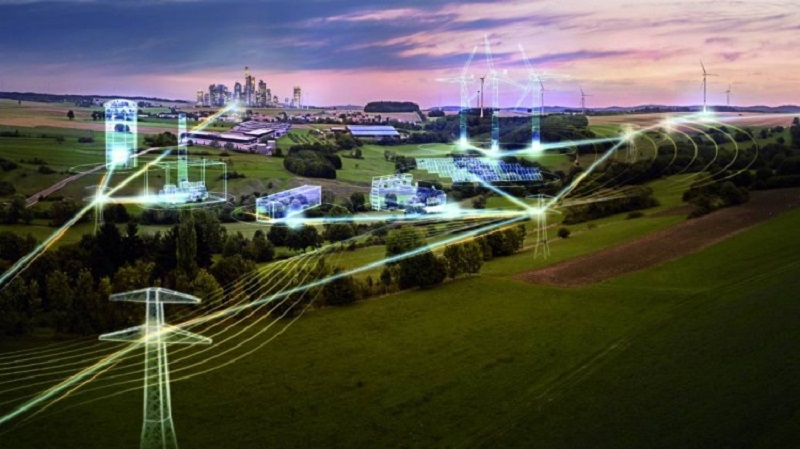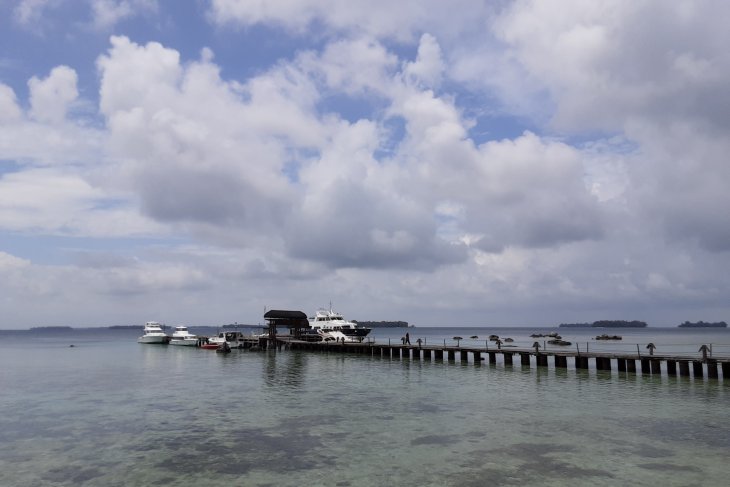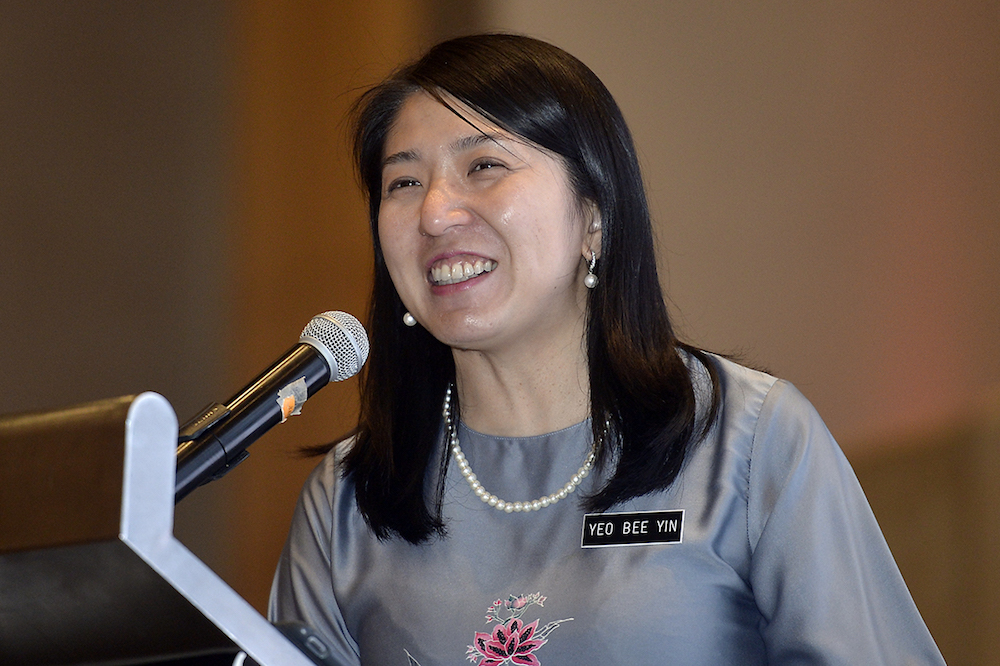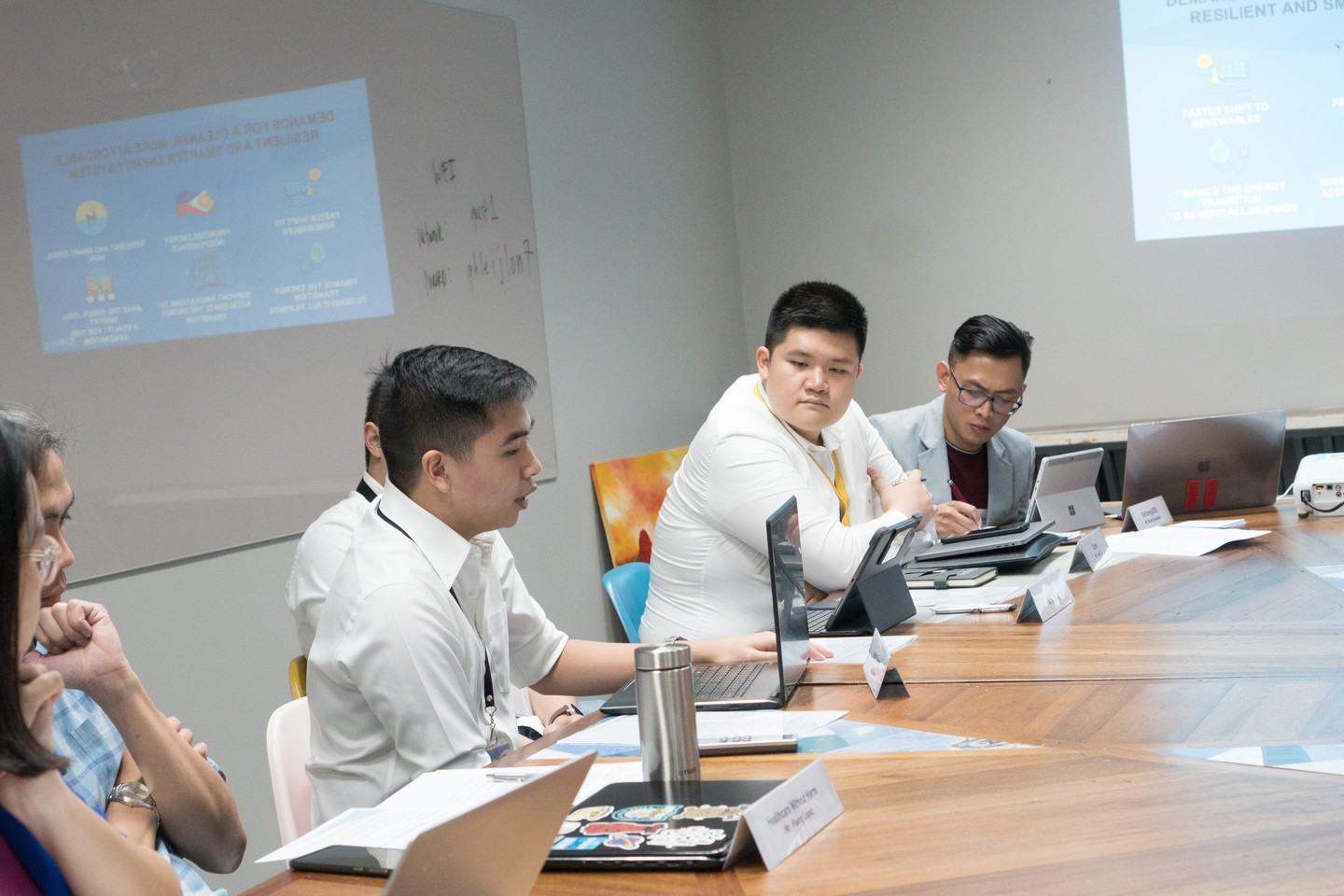- Electricity/Power Grid
–
- Philippines
You say you want a data revolution? Well, you’re too late. It’s here, it’s happening and it’s already changing the world.
Digital transformation is becoming a cliché because it’s more the norm than the exception by now. In the power sector alone, getting enough data is a small part of the problem; getting the right data and knowing what to do with it is the biggest challenge.
Experts from Siemens and Bentley talked about these issues in a conversation at DISTRIBUTECH International in San Antonio, recently. The two companies are working together on a number of co-ventures, including the electrical network digital twin to enable a common T&D modeling and simulation environment for the power grid. Siemens’ Power Systems Simulation (PSS) software portfolio includes PSS SINCAL, which is simulation software for analysis and planning. Bentley’s expertise in modeling and visualization enables utilities to create spatially accurate system models from 2D, 3D, and 4D data sources and synchronize digital twins with the physical twin for continuous data modeling. Together, Siemens and Bentley share a common goal to ensure reliable, efficient, and secure electrical system planning, operation, and maintenance across the entire energy value chain.
About three years ago they decided to partner, linking together Siemens’ PSS SINCAL simulation software with Bentley’s Open Utilities network design and GIS software. The joint effort arrived in a market where utilities are figuring out how to utilize both electrical network digital twinning tools and also plan for widely decentralized inclusion of distributed energy resources (DER), such as solar panels, on the grid.
“We’re working (with customers) to implement automated interconnection studies for DERs,” said Jim Taylor, vice president of digital grid business development at Siemens Smart Infrastructure USA.
The interconnection planning studies look at potential problems such as voltage flicker and other irregularities that would occur with added capacity of intermittent and weather-dependent renewables and storage.
“Is it ok to install this size of DER on the grid at this location?” Taylor asked as example of a potential challenge. “The utility has to plan for each interconnection request individually, sometimes creating long queues for analysis and customer response to the requests. Every state or country has to figure out how to manage these requests in a timely and efficient manner.”
This is true whether it’s Hawaii and California dealing with solar PV distribution or Texas, Iowa, and Oklahoma incorporating vast amounts of utility-scale wind power. Meanwhile, grid systems of the future increasingly will rely on data to help measure impacts and confront the threats to grid resiliency.
Digitalization helps provide answers for grid planners. The benefit is not just purely on the distribution grid but also at the power plant.
“Digital twin is a journey; it’s not boom, there you have it,” Vonnie Smith, vice president of energy infrastructure at Bentley Systems, said during the discussion at DISTRIBUTECH. “It’s about digital workflows working together.”
Thus, the partnership between Siemens and Bentley began to make much more sense, they say. The collaboration provides three key solutions for utilities: Asset Performance Management (APM for Power Plants), Digital Services for Brownfield T&D, and OpenUtilities DER Planning and Design Assessment Solutions, which combines Bentley’s OpenUtilities and Siemens’ PSS SINCAL analysis tool.
The two companies are working with several utilities in North America and Europe trying to solve some of these data challenges. They cannot talk in specifics about most, but one project in the Philippines utilized APM for Power Plants.
The San Gabriel Station in Batangas City, Philippines, was the first to implement the APM for Power Plants. Co-developed when Siemens and Bentley joined forces, it allowed Siemens to embed the plant’s asset data and develop a digital twin to act as a reliability model for the actual plant. This historical data can help forecast equipment failure and provide a snapshot of real-time operating conditions.
Both at the centralized and decentralized levels, the wave of the future is to take on innumerable amounts of data and wrestle it down to best practices. Data analysis doesn’t breed confidence unless it can be molded into actionable insights.
“Utilities have tons of data as a result of acquiring and implementing different tools and systems over the years. Much of their data is siloed and disorganized in diverse formats across departments and business units. Therefore, one of the biggest challenges for them is to unify the data and make it accessible and reusable in order to leverage its full value across the organization,” Amit Trehan, Bentley’s industry marketing director, utilities, said.
“As a good practice for undertaking the digital twin approach and getting the right data front and center, the first steps are to clearly understand which tasks you need to perform–such as replacing a circuit breaker at a substation,” Trehan added. “Are there digital drawings of the substation or are they hard-copy? Is the data current with previous maintenance activities? Do we need to create a reality model of what exists on the ground today? Are we confident in the data that we have?”
Answering such questions provides opportunities for validation that you have the right data or you don’t. Either way it goes, it can lead to more knowledge and, potentially, to effective predictive maintenance analytics.
On the DER level, operational and geographical information systems (GIS) data don’t always align. Sometimes data is shifted or missing, and the GIS data is insufficient to understand or create an electrical model. Making use of all data types and information will be crucial as power systems see more and more renewable energy resources as well as a growth in electric vehicles and other next-gen grid challenges.
Smith, in noting the joint projects involving Bentley and Siemens in Europe and North America, pointed out that common themes will emerge.
“Utilities are struggling with the accommodation of DERs,” she said. “On one side of the issue is EVs, and on the other is solar PV. Making good decisions about DERs connecting to the power grid means that they’re struggling with data quality issues.”
The EV problem is a big one. Many researchers forecast that tens of millions of EVs will be on the road–and in our driveways and garages–in a matter of years. The kind of distribution grid mayhem this could cause would make Allstate Insurance’s popular commercial character look like a minor nuisance, by comparison.
“Is the customer’s transformer bank large enough to install EV chargers in a given neighborhood?” Siemens’ Taylor asked. “Technically speaking, three or four Teslas could suck the life out of that transformer and we may not know it’s happening.”
These visions of the future are sweet dreams for clean energy idealists but nightmares for grid planners who might like the idea but are completely uncertain how to accommodate it under current conditions.
And, this might be why two rather large, successful companies are big enough to say that, well, this challenge is too large to go it alone. Digital transformation, DER expansion and EVs will pressure power infrastructure like it’s never been pushed before.











